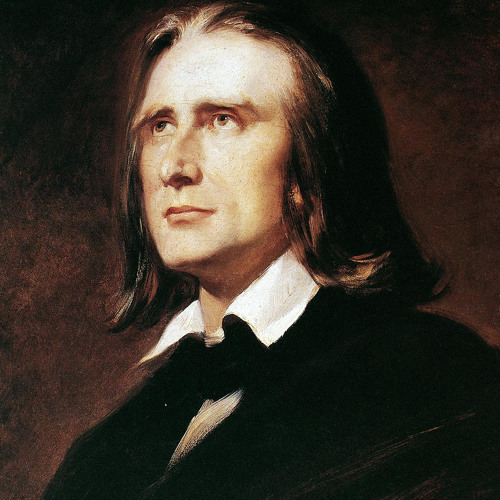

He was one of the most celebrated violin virtuosi of his time, and his works had profound influence on the evolution of violin techniques. Niccolò Paganini (1782 - 1840) was an Italian violinist, violist, guitarist, and composer.


Liszt composed an extensive and diverse body of works, which influenced subsequent composers such as Richard Wagner, Hector Berlioz, Camille Saint-Saëns, Edvard Grieg, and Alexander Borodin. He was said by his contemporaries to have been the most technically advanced pianist of his age and perhaps the greatest pianist of all time.

During the 19th century he was famous throughout Europe for his great skill as a pianist. The work has been arranged by other composers and pianists, for example by Ferruccio Busoni and Marc-André Hamelin.įranz Liszt (1811 - 1886) was a Hungarian composer, pianist, conductor, and teacher. As you might already know, this relatively obscure piece by Liszt is claimed by Valentina Lisitsa to make Feux Follets and La Campanella like a 'walk in the park', and that Liszt himself was unable to perform it successfully. La campanella's melody comes from the final movement of Niccolò Paganini's Violin Concerto Number 2, in which the tune is reinforced by a little handbell. Liszt's hardest piano piece on: August 04, 2017, 01:35:37 PM. In matters of style and showmanship, Liszt profoundly admired the great Italian violin virtuoso Niccolò Paganini (1782 - 1840). As is often the case, it exists in more than one form and is also a setting of music by an earlier composer. Not surprisingly, Liszt's hommage is also extremely challenging, with huge fast leaps in both hands, rapid repeating notes and more. La Campanella is one of the most popular and characteristic of Franz Liszt s huge output of showy piano etudes. 3 The melody of this piece comes from a virtuoso Violin Concerto by Niccol Paganini. The version of ‘La Campanella’ popularly performed nowadays is the third one published in 1851 in the enharmonic G-sharp minor.La campanella ( Italian: the little bell) is the nickname given to the third of the six Grandes étude s de Paganini ( Grand Paganini Études), S. Franz Liszt Paganini Etude: Allegretto (La campanella) in G-sharp Minor, S. A few years later he produced a second version, removing a lengthy introduction, and changing the key from a minor to A-flat minor, presumably so that the big jumps would land on black keys rather than white ones, making it (slightly) easier to play. "La clochette" is relatively little known, and rarely performed. “La Campanella,” which is based on Paganini’s second violin concerto, forces the pianist to do unheard of things: awkward trills, huge leaps with both hands, and finger-twisting technique that no one had heard before even from Liszt himself.īackgroundLiszt wrote a first version of this piece and called it "Grande Fantaisie de Bravoura sur la Clochette de Paganini" in 1834, after he heard Paganini perform his own second violin concerto. He resolved at that moment that he would strive to do the same with the piano. 4.2M views 9 years ago Valentina Lisitsa performed Liszt La Campanella from Paganini Etude No.
#Listz campanella download
Sign up to listen & download > Liszt's magic bellWhen Liszt saw Paganini play for the first time, he realized that Paganini wasn’t just playing better than anyone else, he was playing the violin as well as it could be played.


 0 kommentar(er)
0 kommentar(er)
